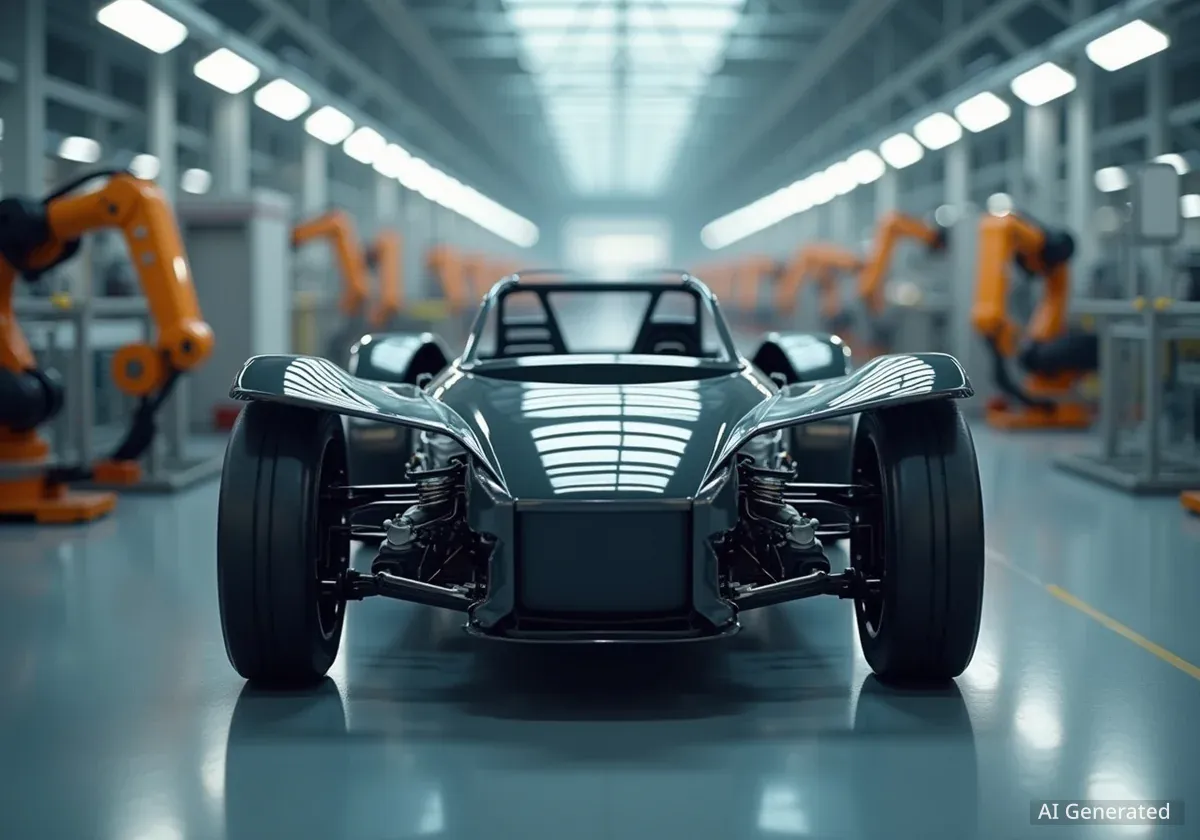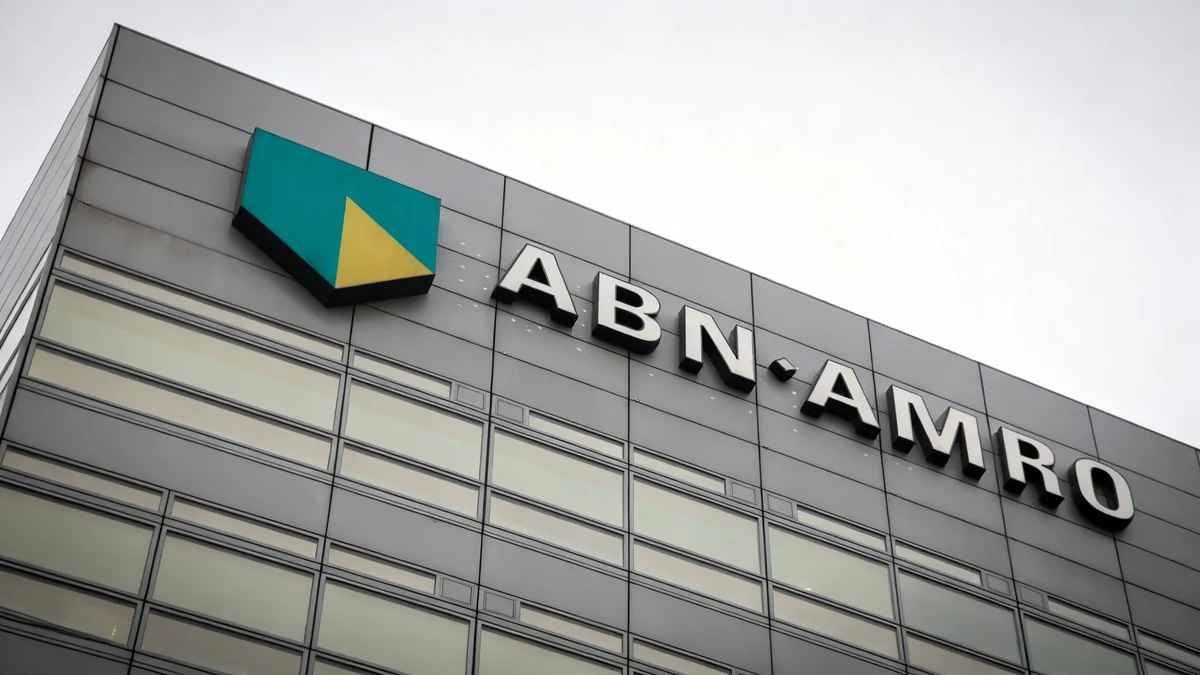Tesla (TSLA) is navigating a difficult period marked by declining sales volumes, shrinking profit margins, and a loss of market share in the electric vehicle (EV) sector it once dominated. The company has faced criticism for focusing on a refreshed, higher-priced Model Y while consumer demand shifts toward more affordable options.
Despite these short-term pressures, the company's long-term strategy remains centered on two fundamental pillars: leveraging manufacturing scale to reduce vehicle costs and developing significant streams of recurring revenue from its software and mobility services. These core objectives are designed to differentiate Tesla from traditional automakers and secure its position in the future of transportation.
Key Takeaways
- Tesla has experienced a decline in vehicle sales and profit margins in the current year amid growing competition.
- The company's strategy focuses on reducing the high upfront cost of EVs through scaled production, which is crucial for stimulating demand.
- Future growth prospects are heavily dependent on the success of recurring revenue models, particularly Full Self-Driving (FSD) subscriptions.
- The long-term vision includes a robotaxi network, which aims to generate continuous income from a fleet of autonomous vehicles.
Navigating Short-Term Market Headwinds
The electric vehicle market has become increasingly competitive, presenting significant challenges for Tesla in 2025. For the first time in years, the company reported a notable decline in sales, a direct consequence of market saturation in the premium segment and the entry of numerous competitors offering budget-friendly alternatives.
This slowdown has also impacted Tesla's financial performance. Profit margins, once a key strength, have compressed as the company implemented price cuts to stimulate demand and clear inventory. This situation was compounded by a strategic decision to prioritize an updated Model Y, a relatively high-cost vehicle, at a time when many consumers are looking for more accessible entry points into the EV market.
The EV Cost Equation
Electric vehicles and internal combustion engine (ICE) vehicles have inverse cost structures. ICE cars typically have a lower initial purchase price but higher ongoing costs for fuel and maintenance. In contrast, EVs have a high upfront cost but significantly lower expenses for energy and servicing. This makes the initial purchase price a major barrier to adoption for many potential buyers.
The Core Strategy: Scale and Cost Reduction
Tesla's primary strategic objective is to overcome the high upfront cost barrier inherent in the EV market. The company's approach is rooted in achieving massive production scale, which in turn drives down the manufacturing cost per vehicle. This is a critical component of its plan to make EVs more affordable for a broader audience.
While sales have faltered recently, Tesla remains a dominant force in terms of production volume. The company's ability to lower unit costs is directly tied to its capacity to increase output. By making its vehicles more affordable, Tesla aims to reignite sales growth, creating a positive feedback loop where higher volumes lead to even lower costs.
Upcoming Models Are Key
Industry analysts are closely watching for the introduction of Tesla's lower-cost models, which are expected to begin production later this year. The success of these more affordable vehicles is widely seen as essential for the company to resume its growth trajectory in 2026 and beyond, competing directly with budget-focused offerings from other manufacturers.
This focus on affordability is not just about competing on price; it is about fundamentally expanding the total addressable market for electric vehicles. A successful execution of this strategy could help Tesla regain momentum and solidify its market leadership.
Building a Future on Recurring Revenue
A key differentiator in Tesla's business model compared to traditional automakers is its intense focus on generating long-term, recurring revenue. Historically, car manufacturers have struggled to create significant income streams after the initial sale of a vehicle. Tesla, however, is building an ecosystem of services designed to generate continuous revenue from its fleet.
Full Self-Driving (FSD) Subscriptions
The most prominent example of this strategy is the company's Full Self-Driving (FSD) software. Offered as both a one-time purchase and a monthly subscription, FSD represents a high-margin software product that adds value to the vehicle over time through over-the-air updates.
The transition to a subscription-based model for advanced features like FSD is central to Tesla's plan to create a stable and predictable revenue stream, reducing its dependence on the cyclical nature of vehicle sales.
The adoption rate of FSD is expected to increase substantially if and when Tesla achieves unsupervised, true self-driving capabilities. Such a breakthrough would not only enhance the value proposition for individual owners but also serve as the technological foundation for the company's more ambitious mobility projects.
The Robotaxi and Cybercab Vision
Looking further ahead, Tesla's most ambitious plan for recurring revenue lies in its vision for an autonomous ride-hailing network. This concept involves two main components: allowing existing Tesla owners to deploy their FSD-equipped cars as robotaxis to earn income, and building a dedicated fleet of purpose-built vehicles, often referred to as 'Cybercabs'.
This model would transform Tesla from purely a manufacturer into a mobility service provider, earning a share of the revenue from every ride taken in its autonomous network. While still in its early stages and facing significant regulatory and technological hurdles, the robotaxi concept represents a massive potential market.
If successful, this initiative could fundamentally reshape urban transportation and create a powerful, ongoing revenue engine for the company. It is this long-term vision of a software-driven, service-oriented business that continues to attract investor interest, even as the company navigates the immediate challenges in the vehicle market. The ability to execute on these future-facing projects will ultimately determine whether Tesla can sustain its position as a leader in the automotive industry.





